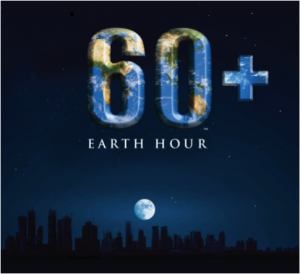Yesterday I was completely shocked when my roommate told me that it was Earth Hour at 8:30. Usually I hear about Earth Hour long in advance and prepare to do something with friends. When I lived near Toronto, we would go downtown to one of the many restaurants that let us dine in the dark and then listen to the free Earth Hour concert.
Last year, I tried to go downtown Vancouver to at least eat at a restaurant in the dark, but none were participating. It saddened me to think that there were no festivities going on in the greenest city in Canada.
So fast-forward to today and I didn’t see one sign or hear a single person talk about Earth Hour. So is Earth Hour not having the same appeal today as it did five years ago? Do people still care or was it just a trend?
Well as I sat in the dark I realized even if the appeal has slightly worn off, it is still better to have some people participating, rather than doing nothing. But next year I hope one of us can put our sustainability marketing skills to work and help get that Earth Hour buzz back again!

